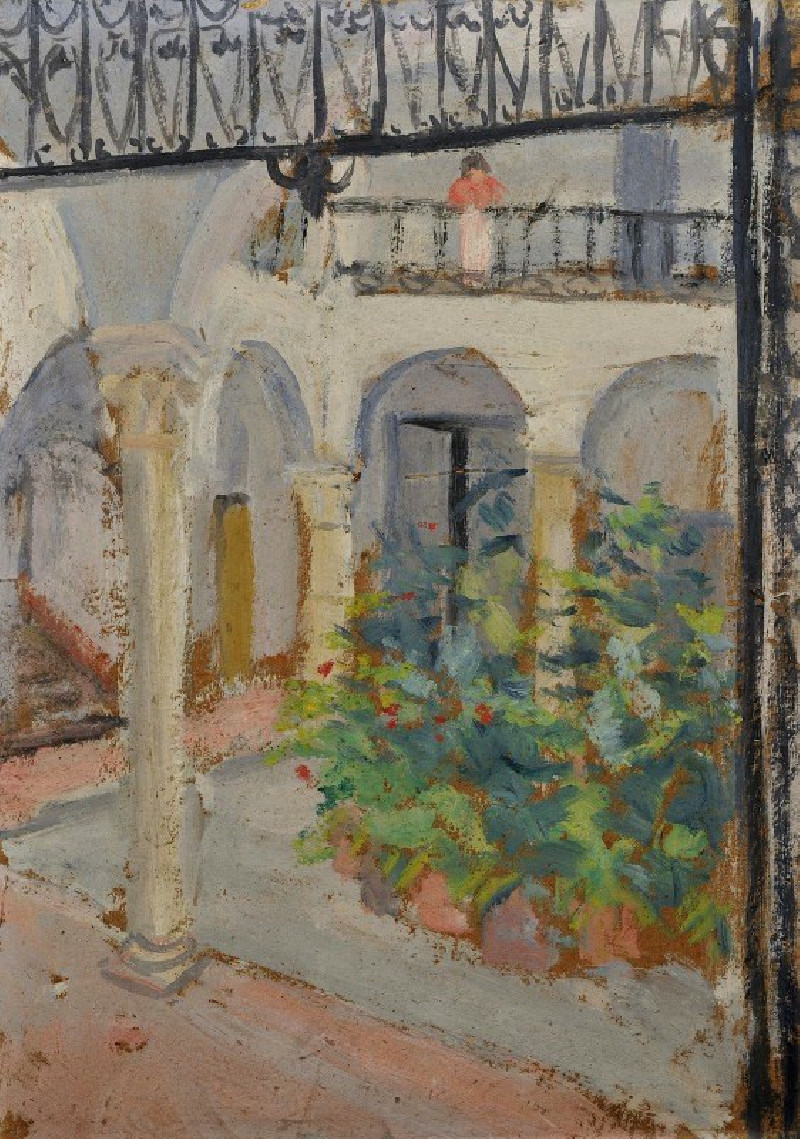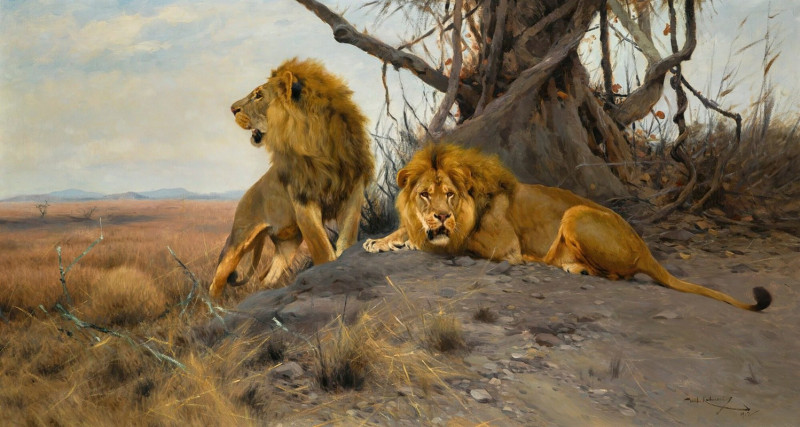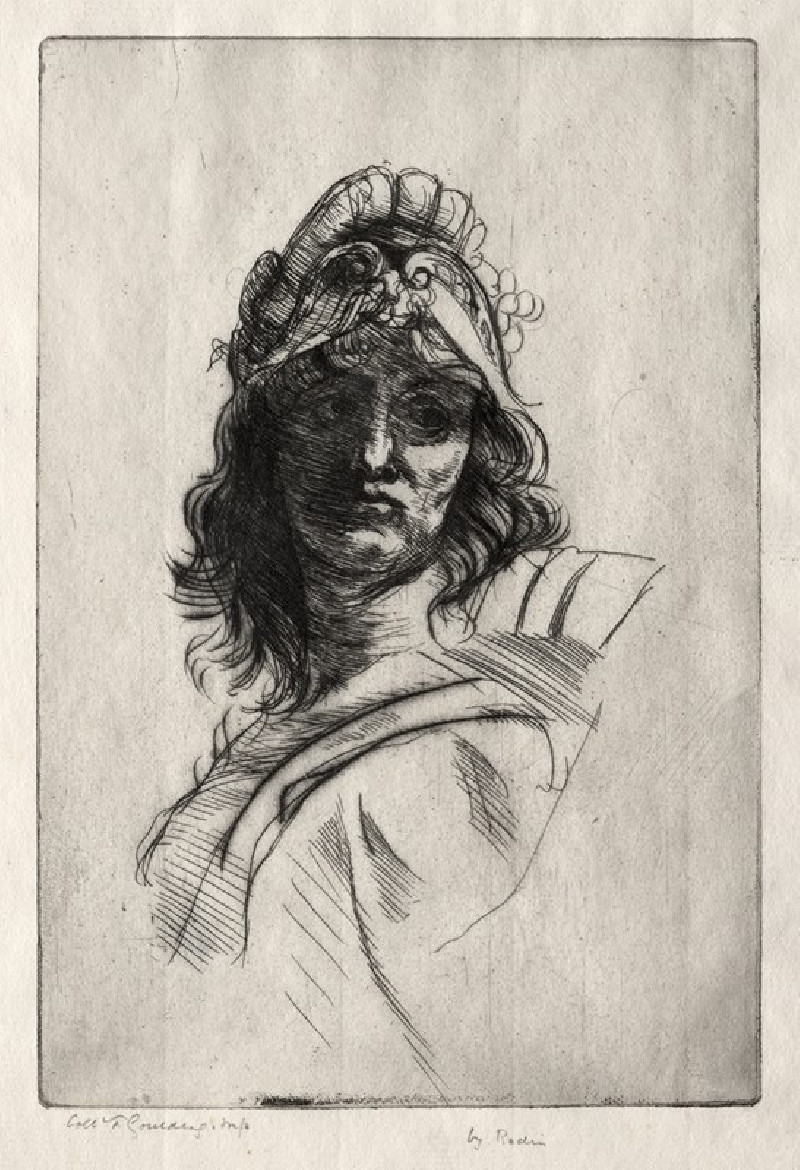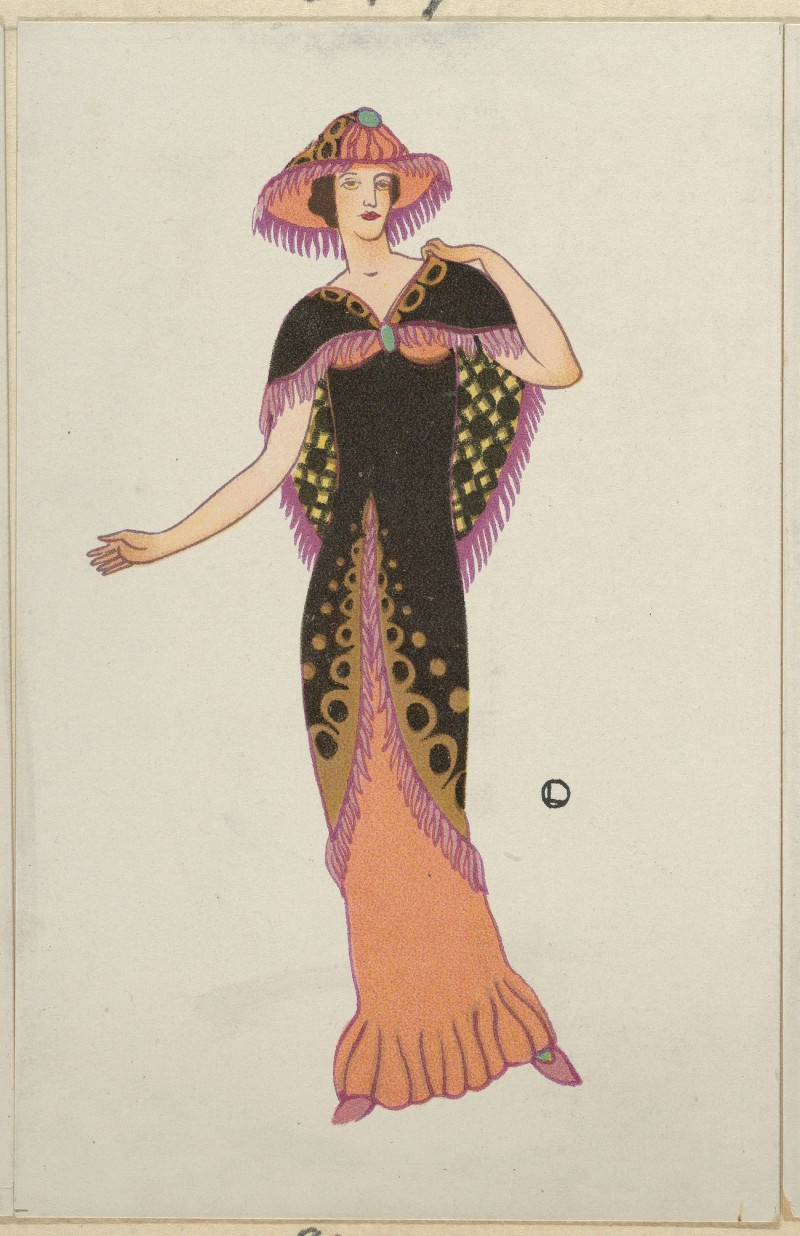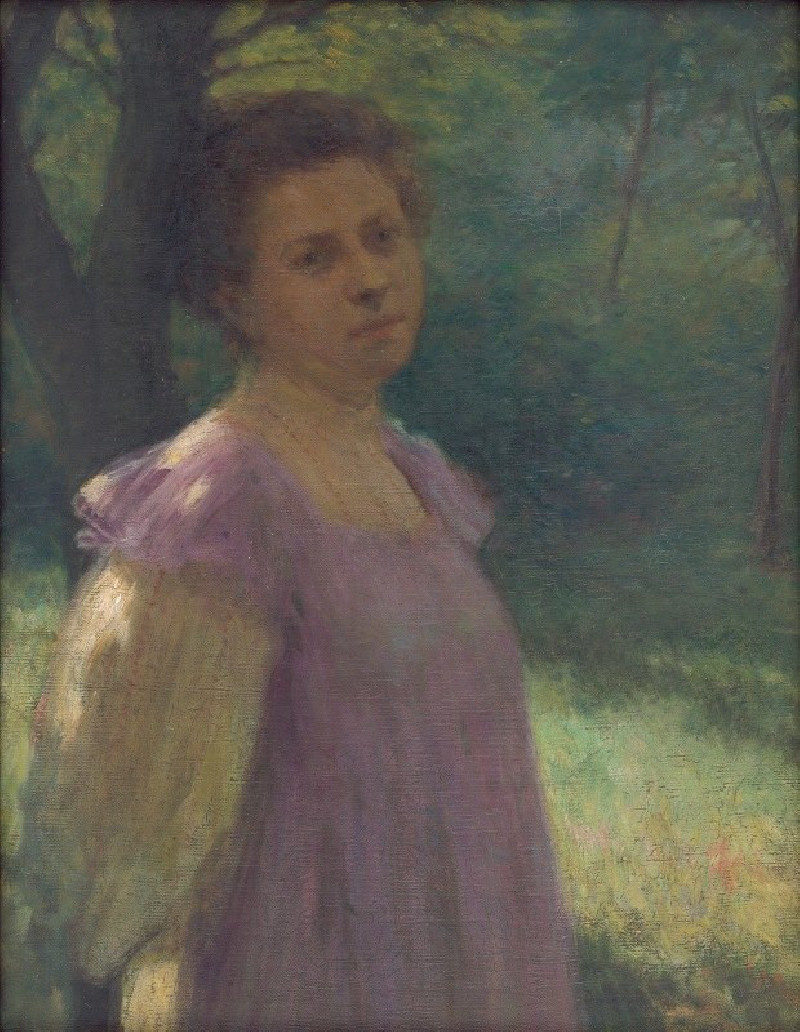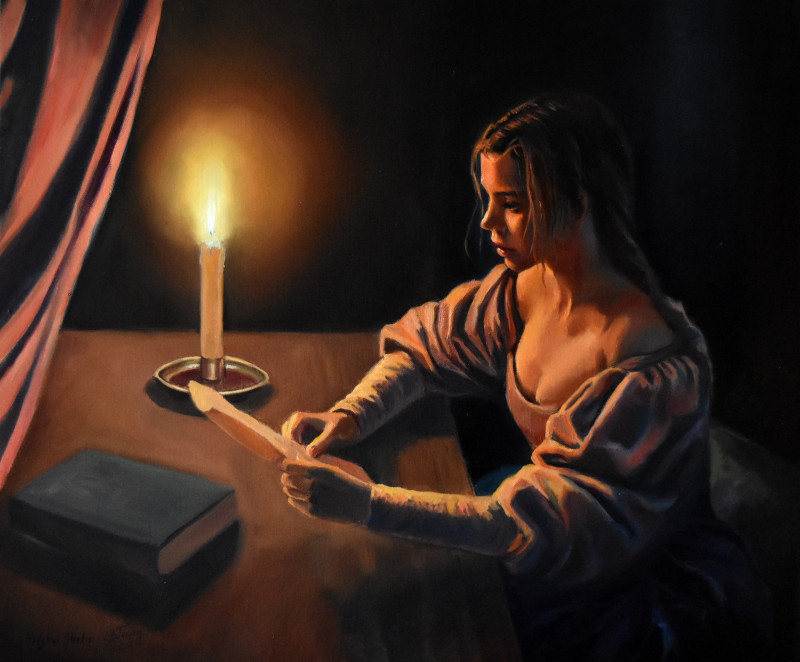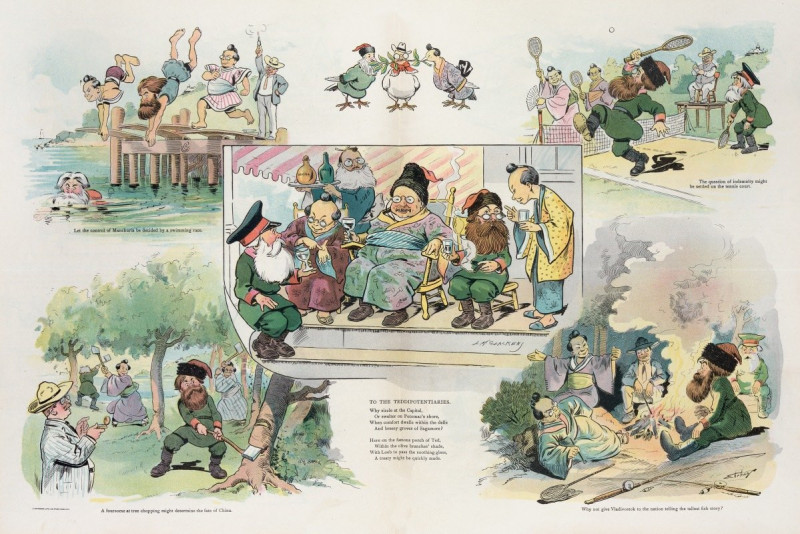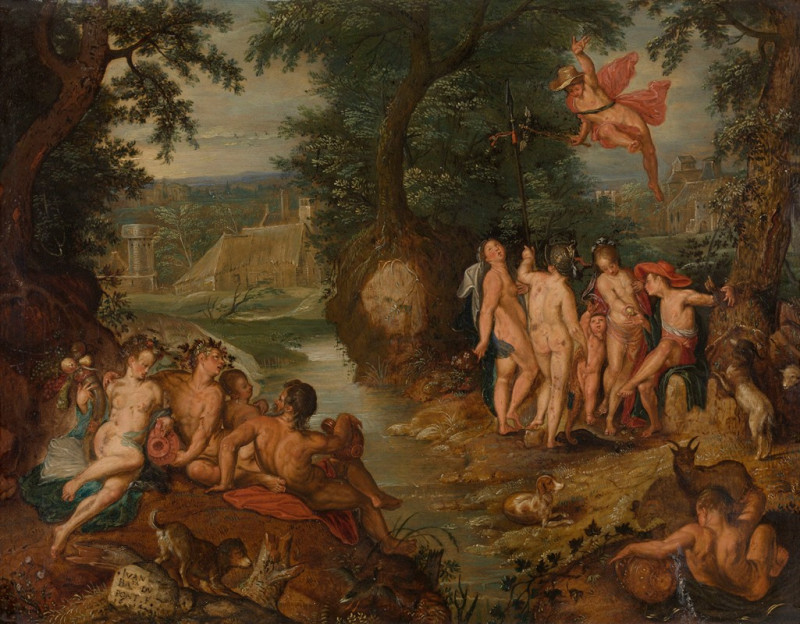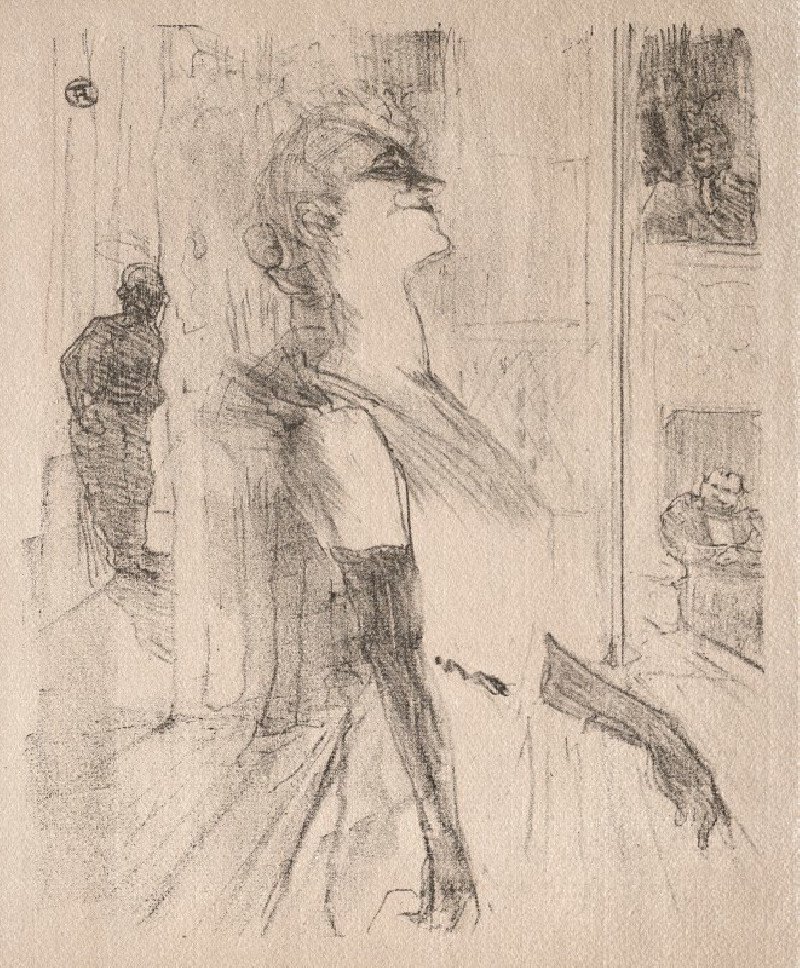Edward Penfield His Book
Technique: Giclée quality print
Recommended by our customers
More about this artwork
"Edward Penfield His Book" by Edward Penfield is a striking example of graphic design and illustration from the late 19th to early 20th century, capturing the simple yet engaging style that Penfield was known for. The artwork features a stylized representation of a dog, likely a bull terrier, sitting with its head turned, looking intently at a large, open book beside it. The illustration is rendered in a limited color palette, primarily using shades of brown and black against an off-white background, which adds to its vintage aesthetic.The composition is bold and clear, with the text "EDWARD PENFIELD HIS BOOK" prominently displayed in block lettering above and around the figure of the dog, integrating text and image seamlessly. The style is characteristic of Penfield's work, focusing on flat areas of color and minimal detail, which effectively conveys the subject matter in a visually appealing and immediate manner. This image might have been used as a cover or a decorative plate in one of Penfield's books, reflecting his personal signature style and his contributions to graphic design and illustration.
Delivery
Returns
Edward Penfield (1866-1925) was an influential American poster artist, considered as the father of the American poster movement. He was employed as an art editor for Harper’s Weekly, Monthly, and Harper’s Bazaar, where he made posters advertising each issue of the magazine for over seven years. His art was avant-garde with less concern for the dramatic curving lines of Art Nouveau, inspired by Japanese ukiyo-e block prints, figure drawings by Henri de Toulouse-Lautrec, color lithographies by Jules Chéret, and other contemporary artists. He created simplified scenes of daily life in saturated colors, including horses, cats, sports, and women’s fashion.

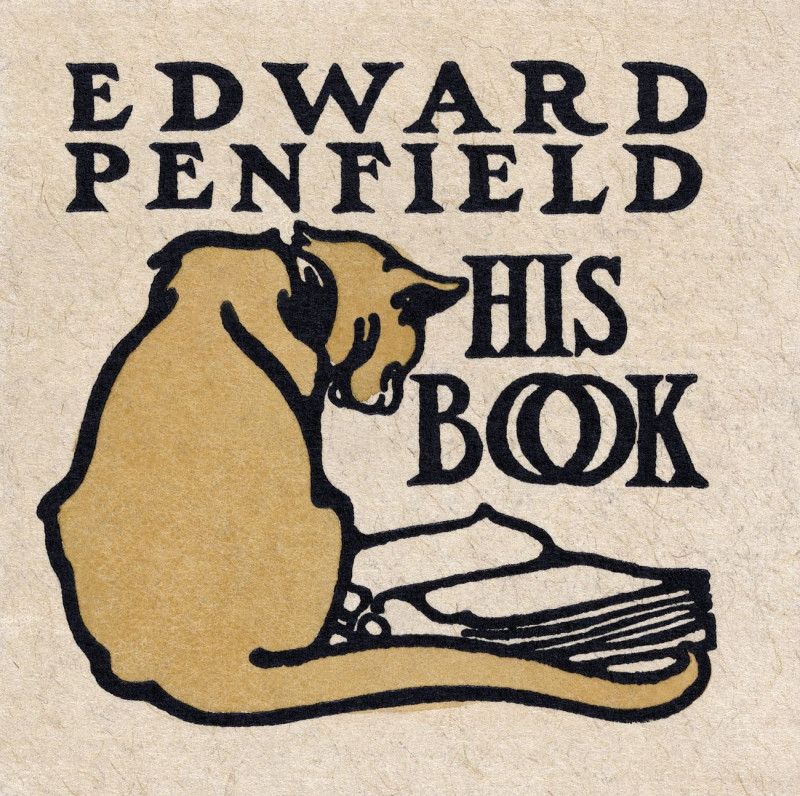


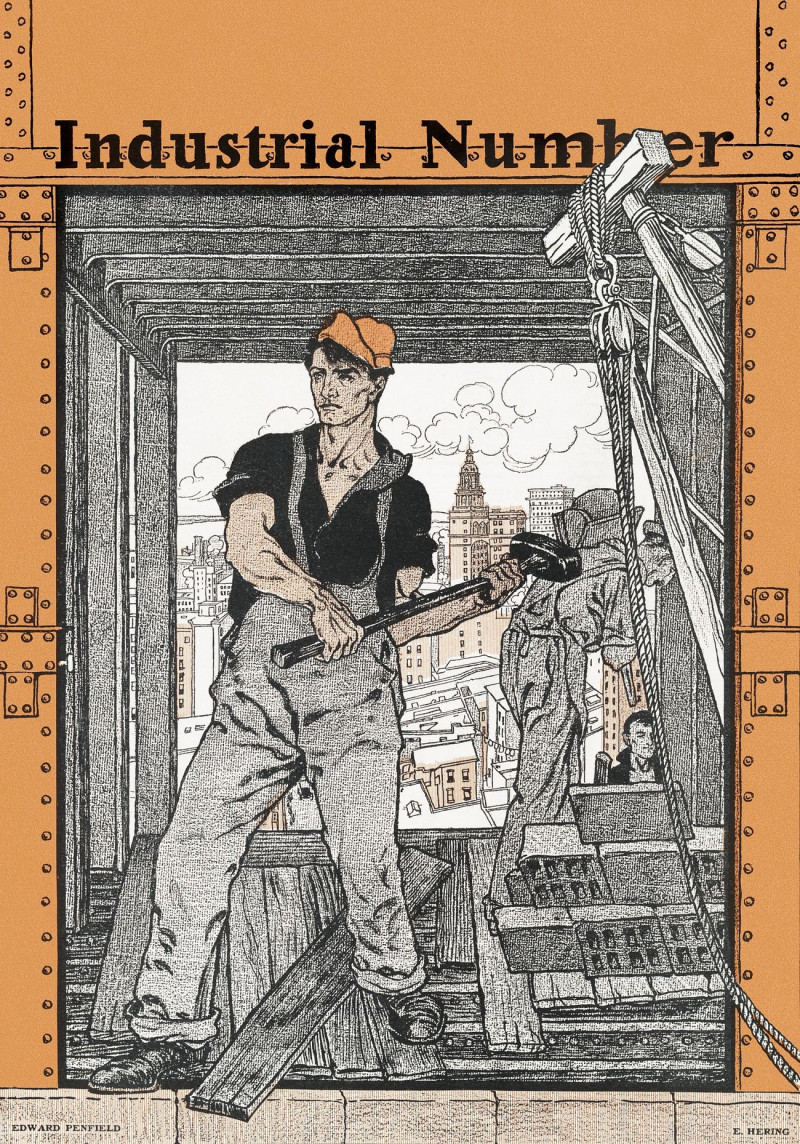
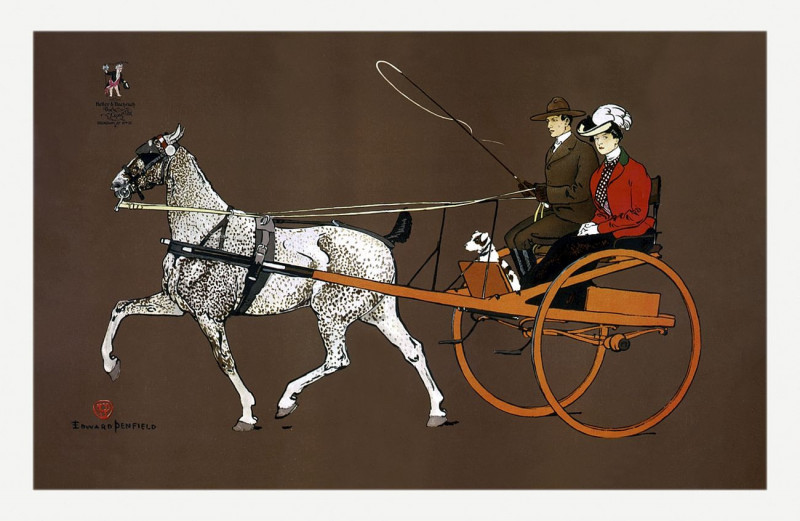
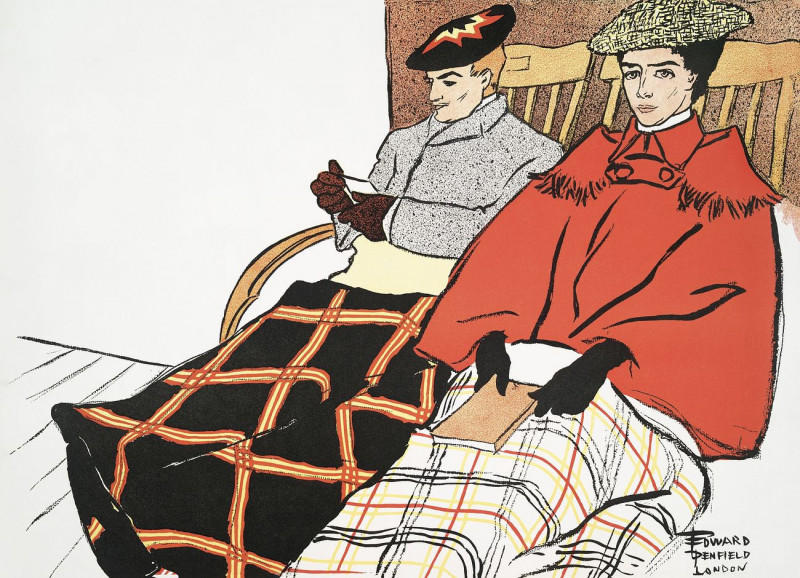
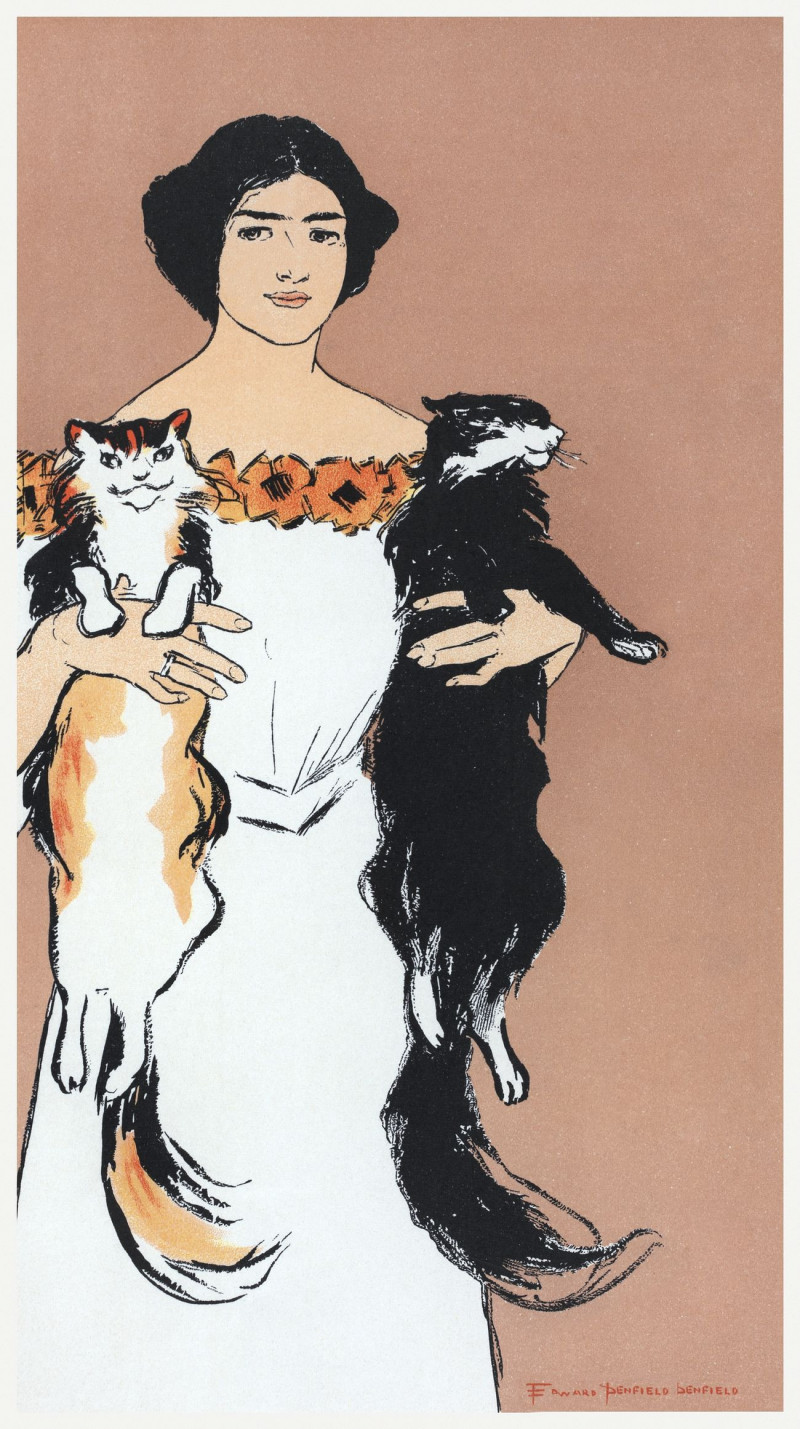
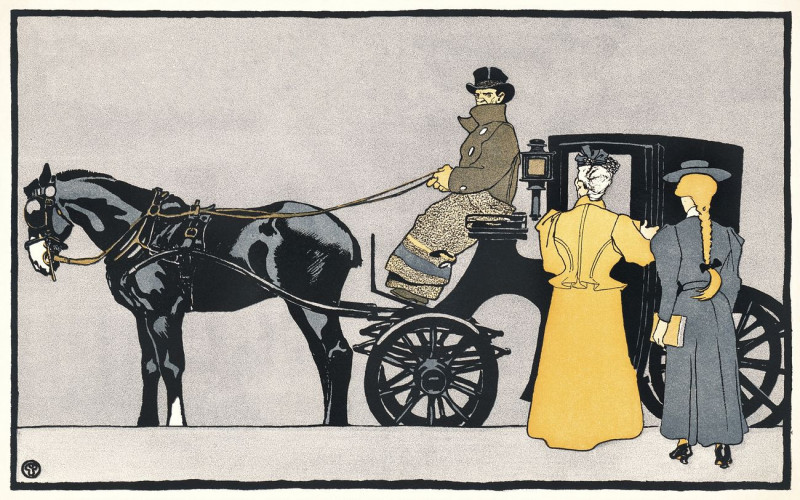
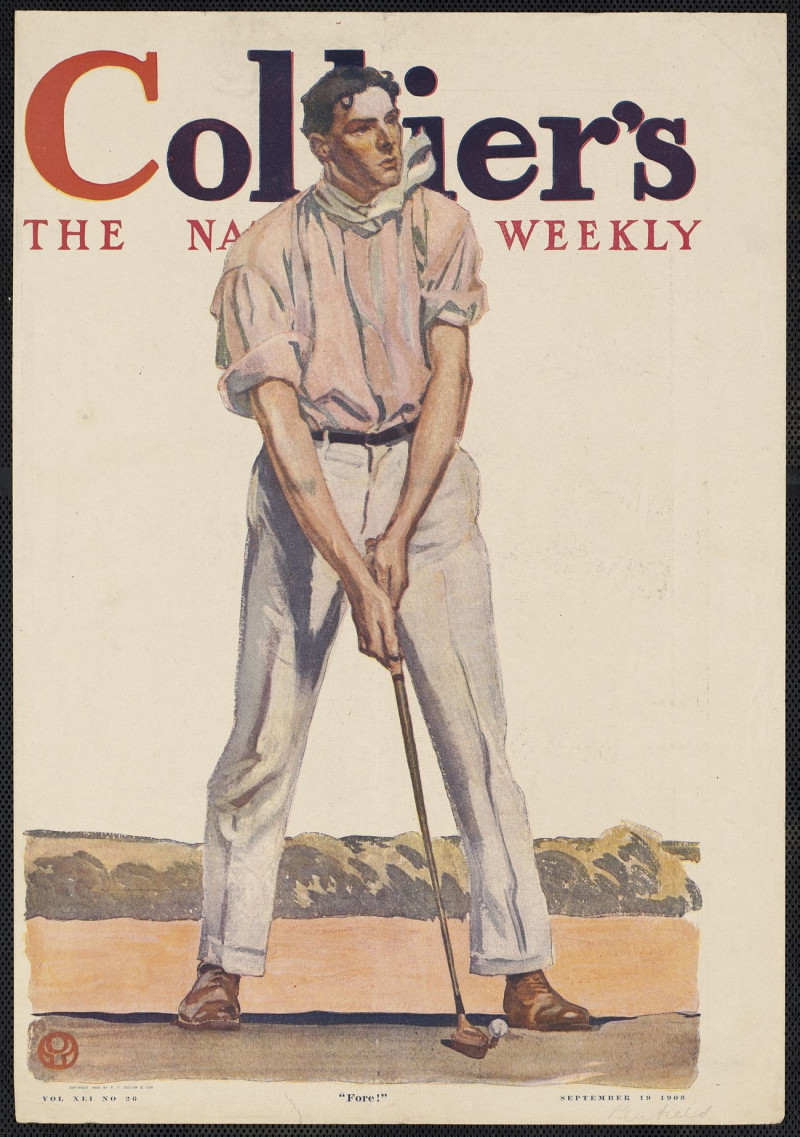
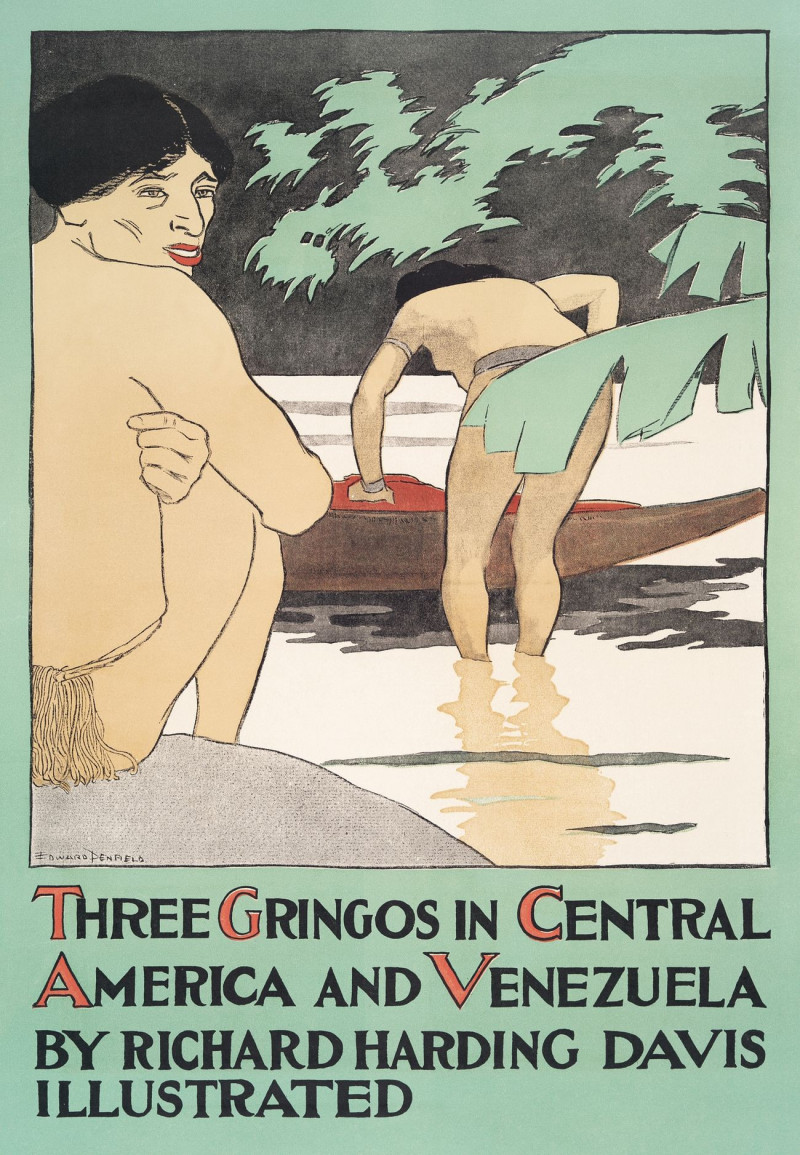
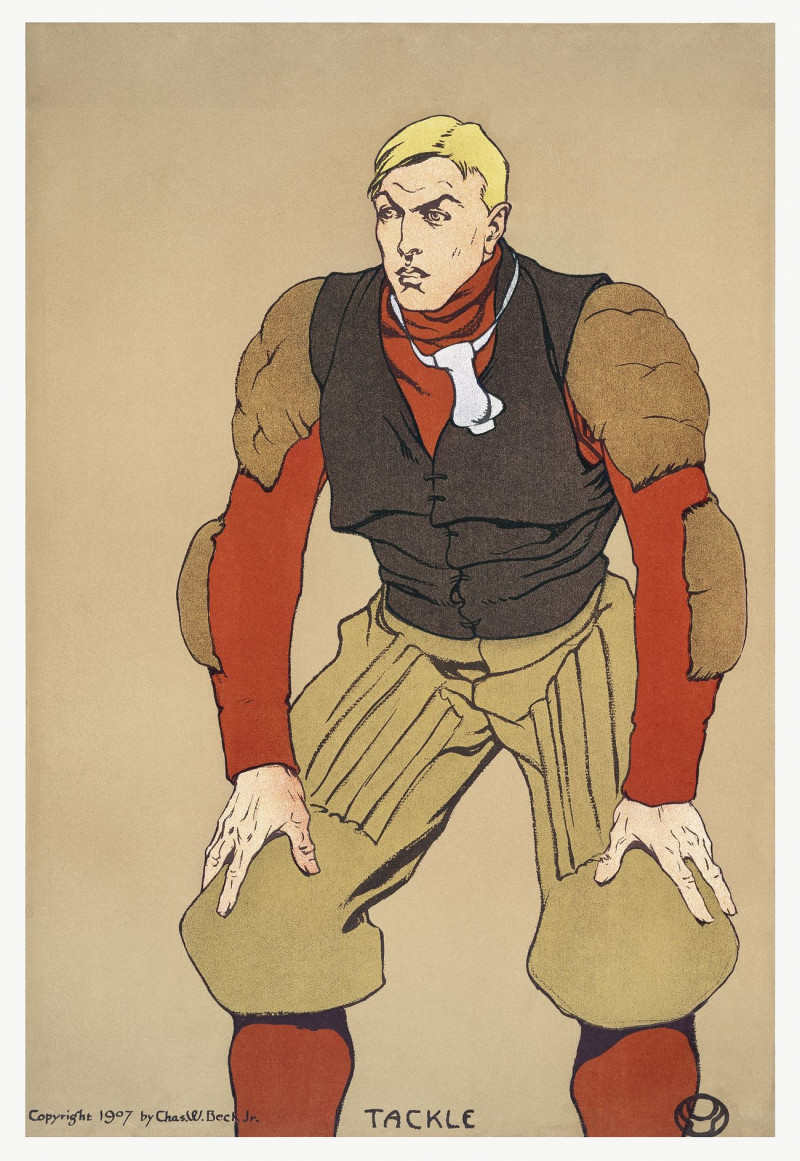
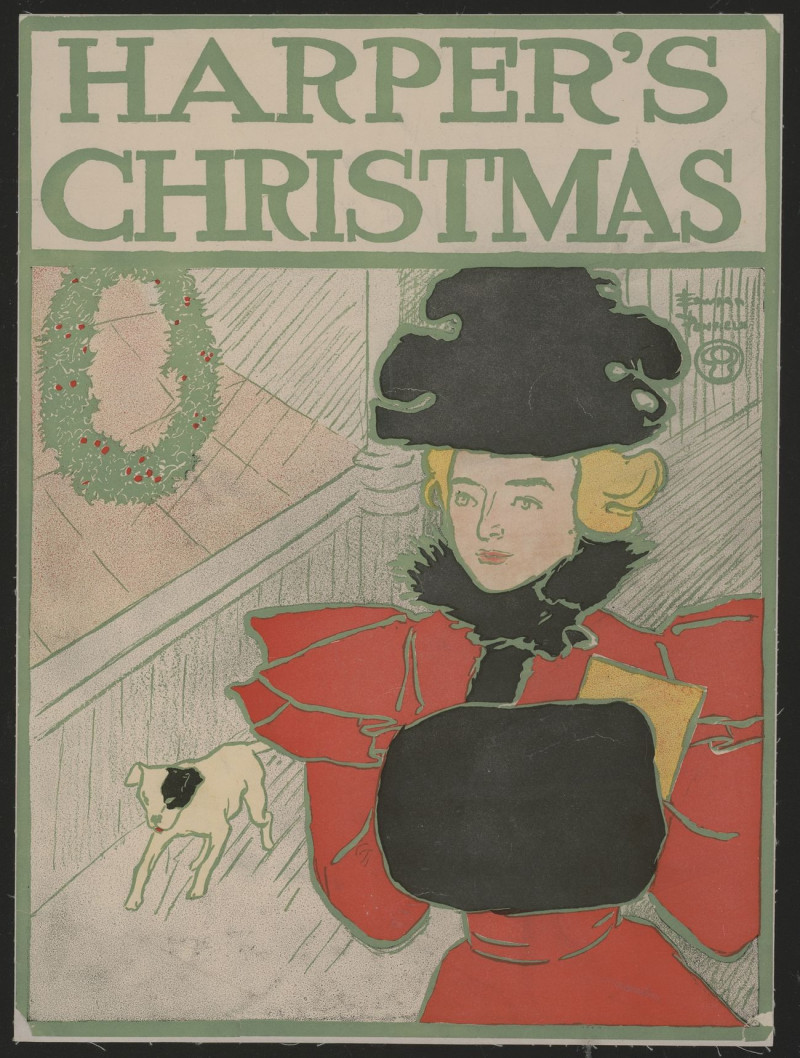
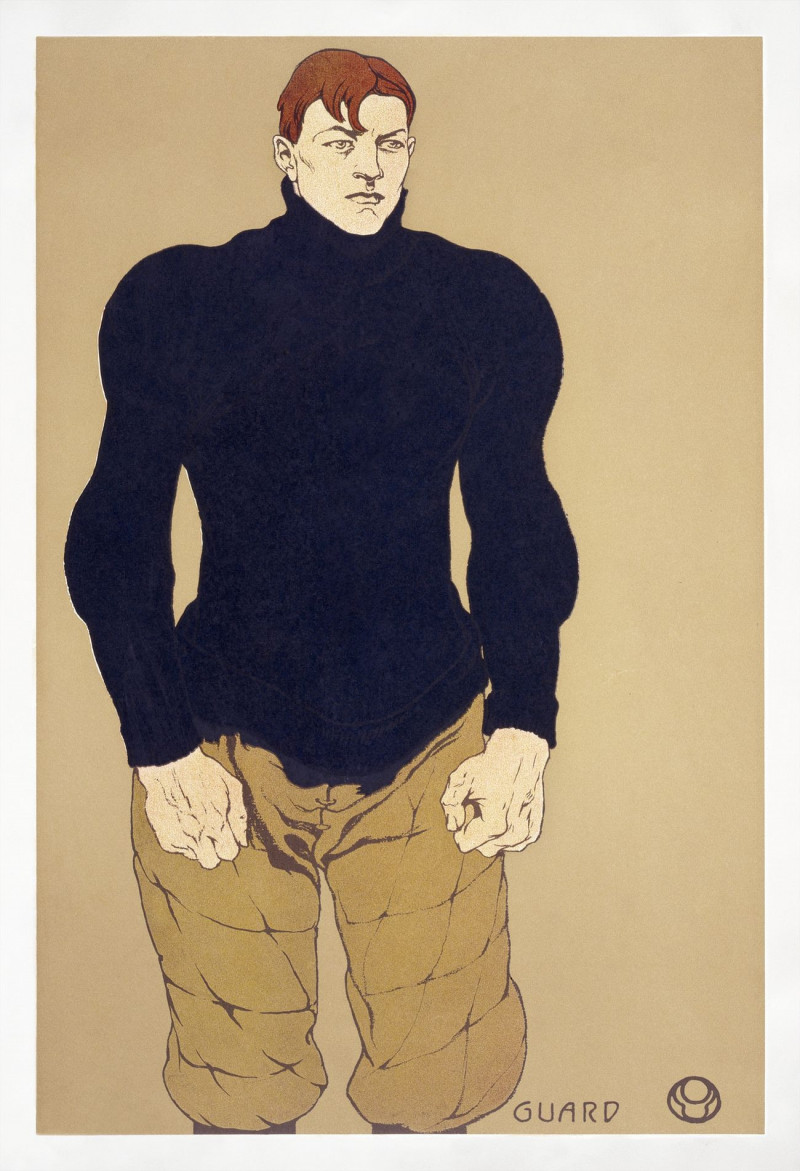
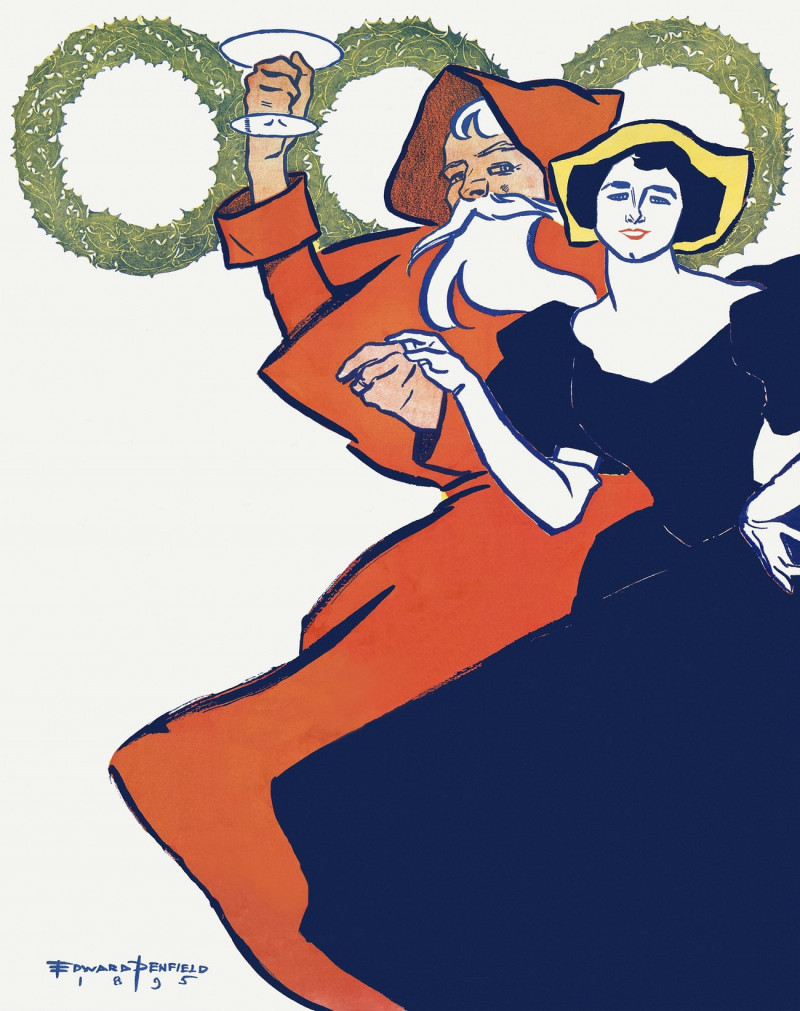
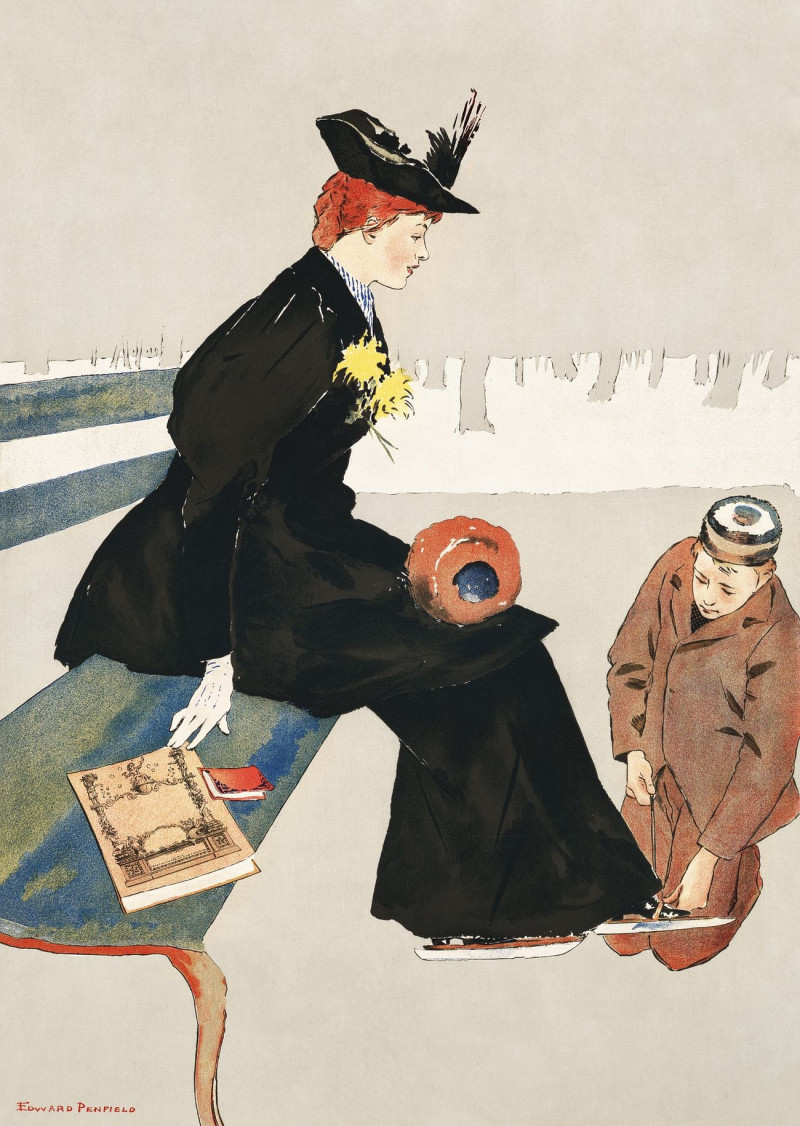
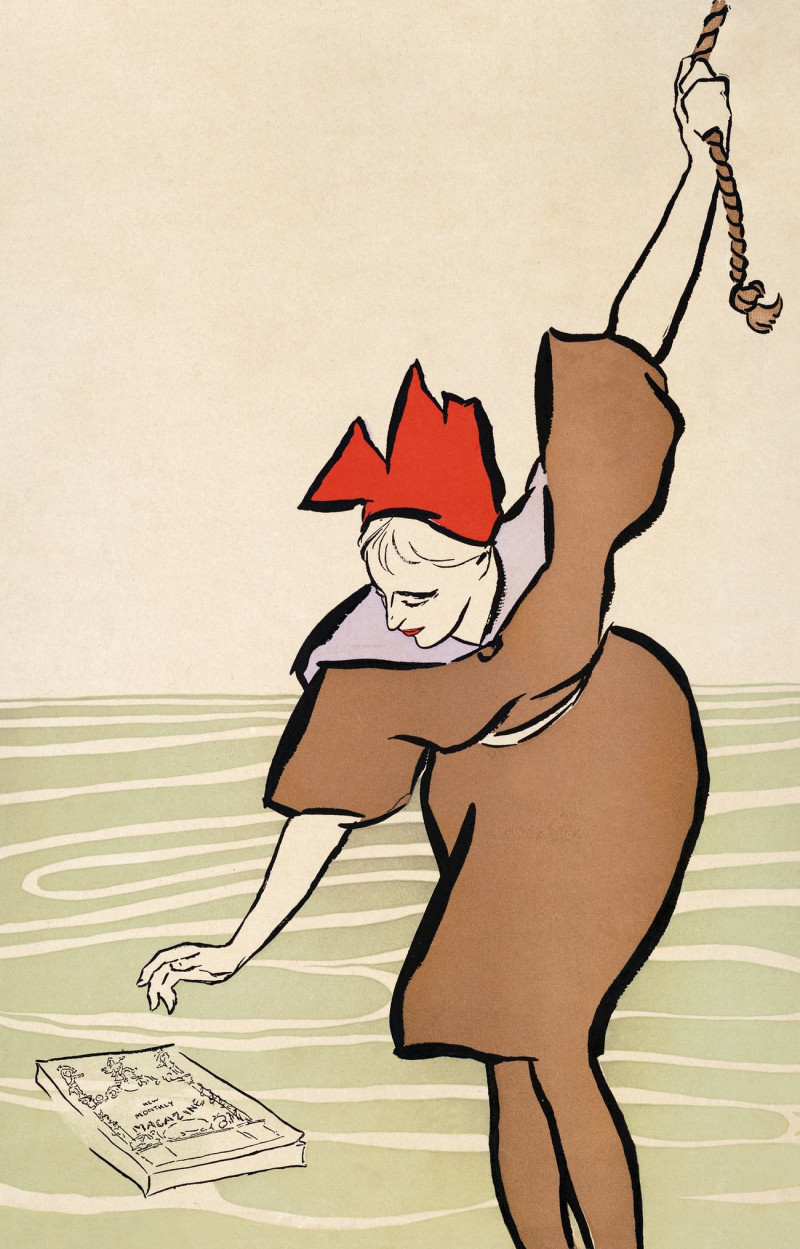
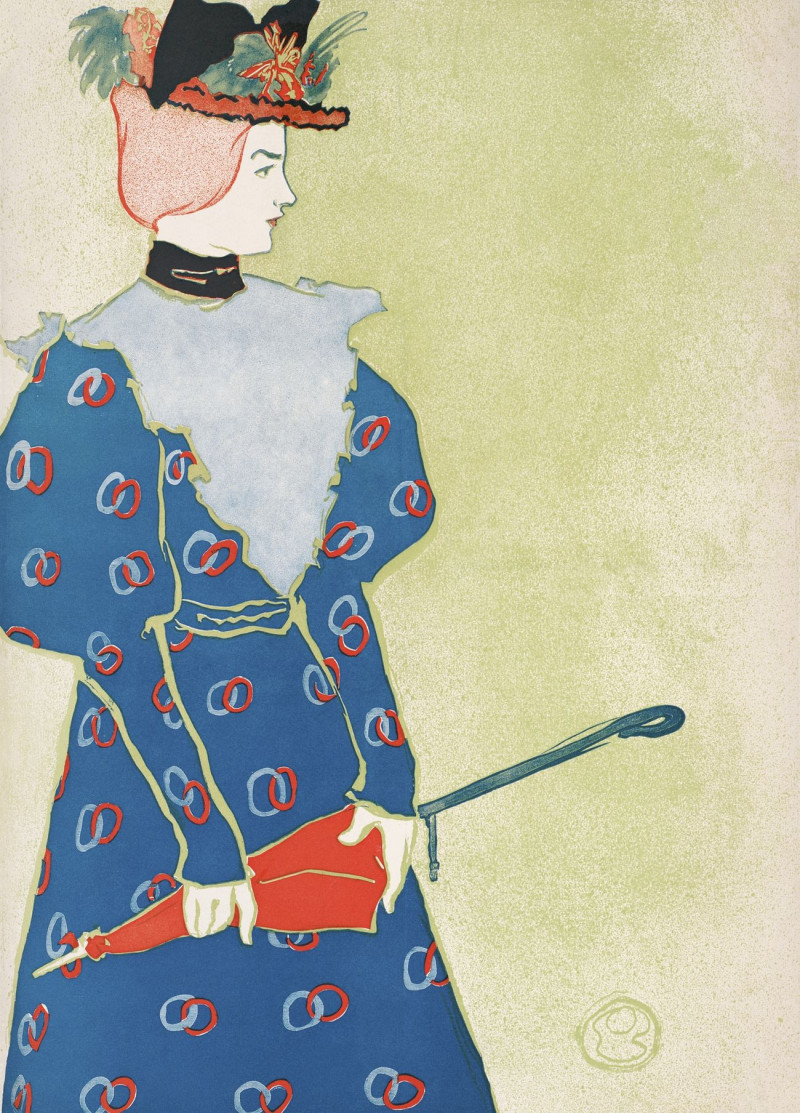
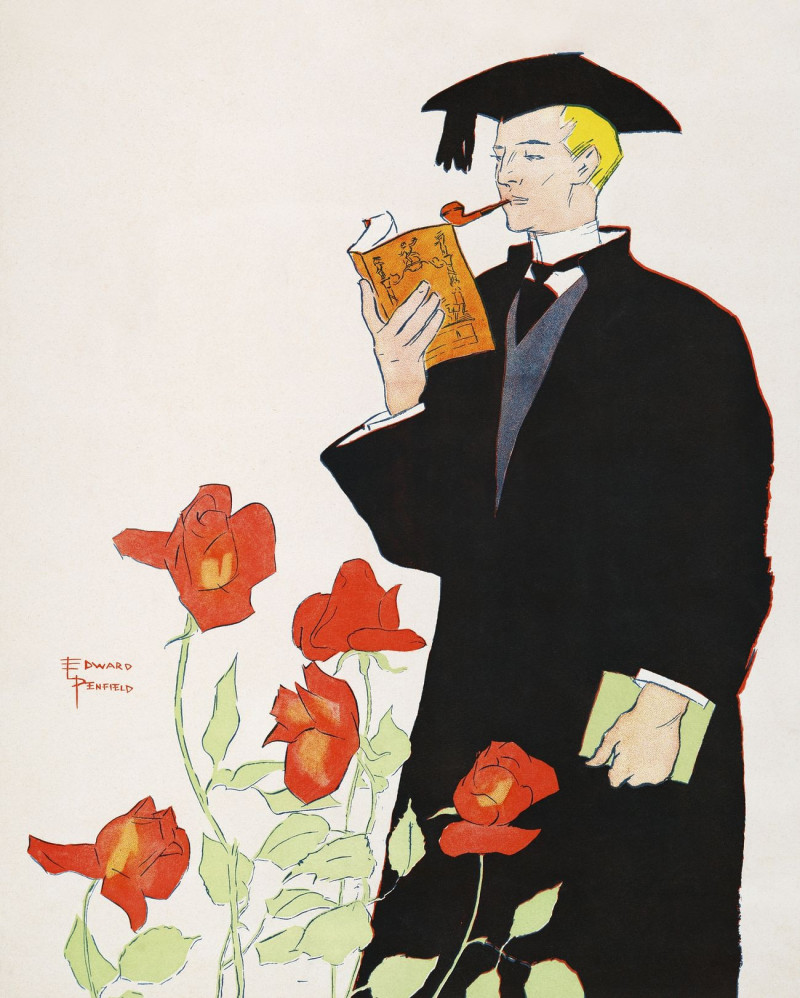
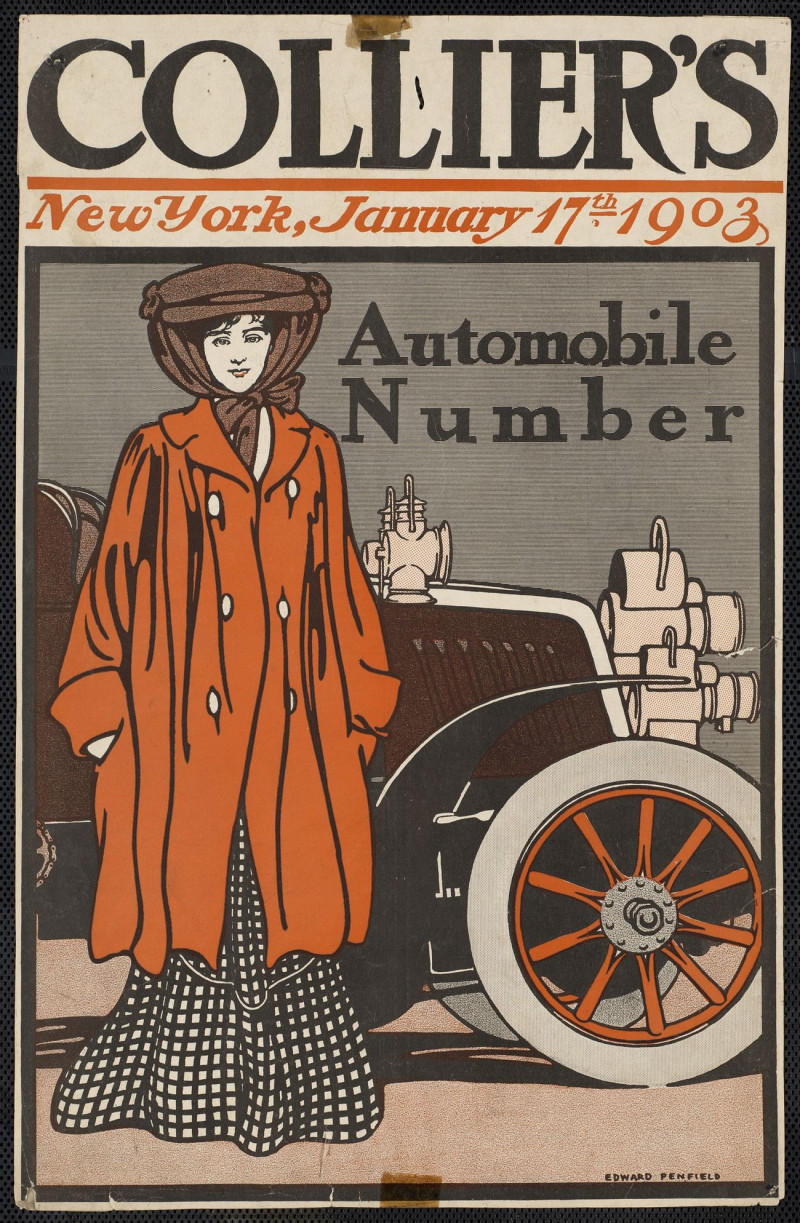
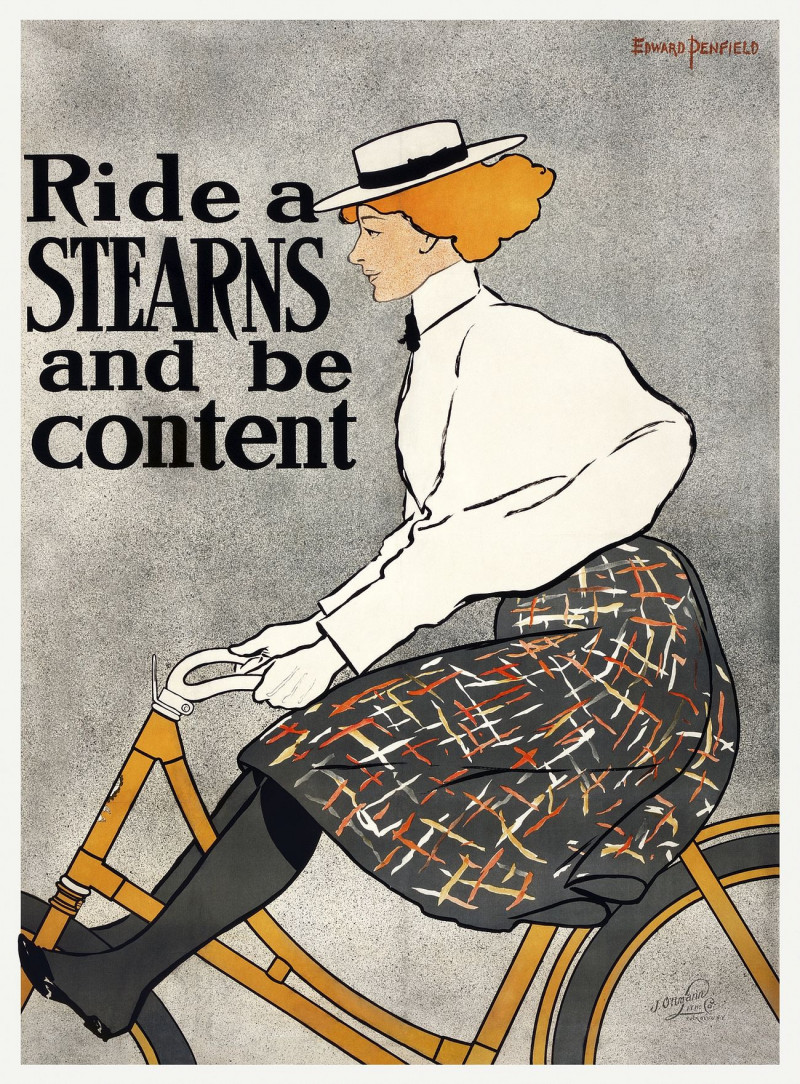
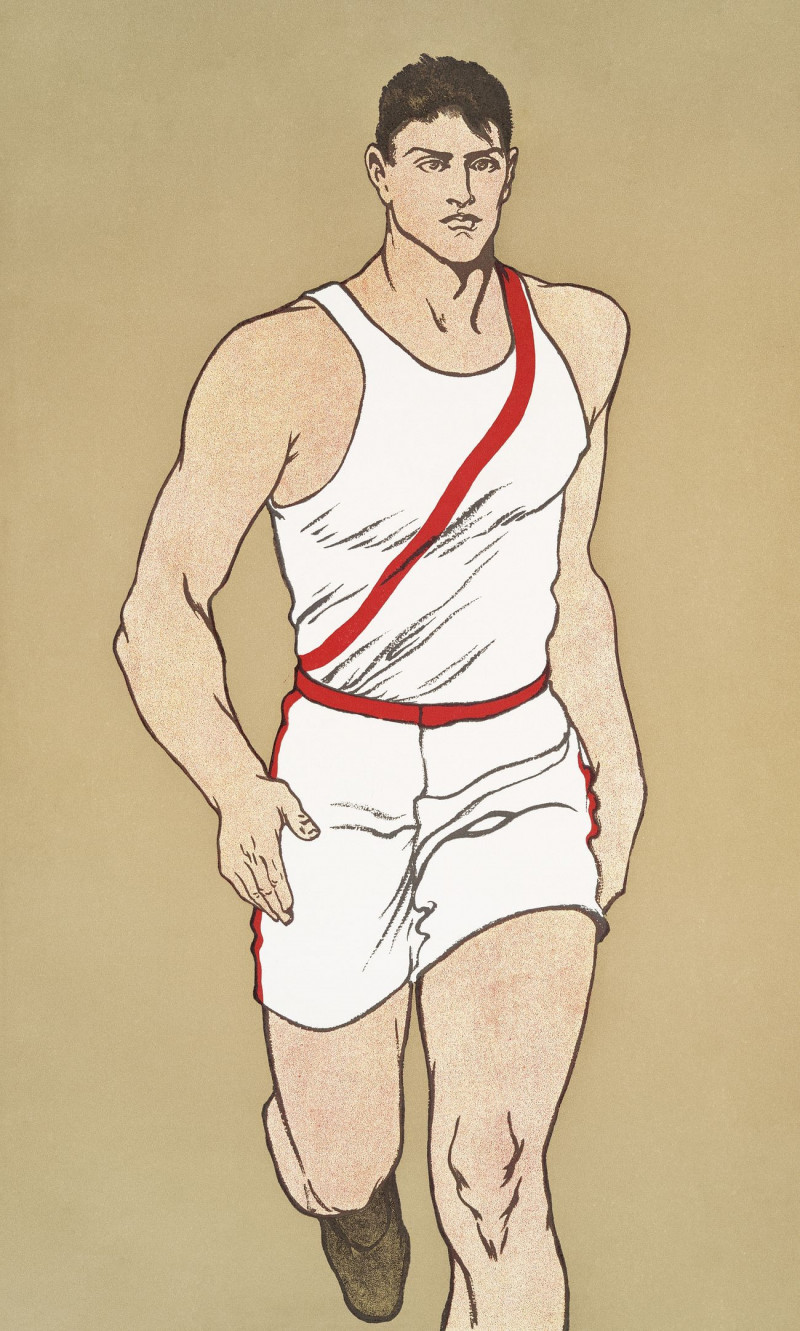
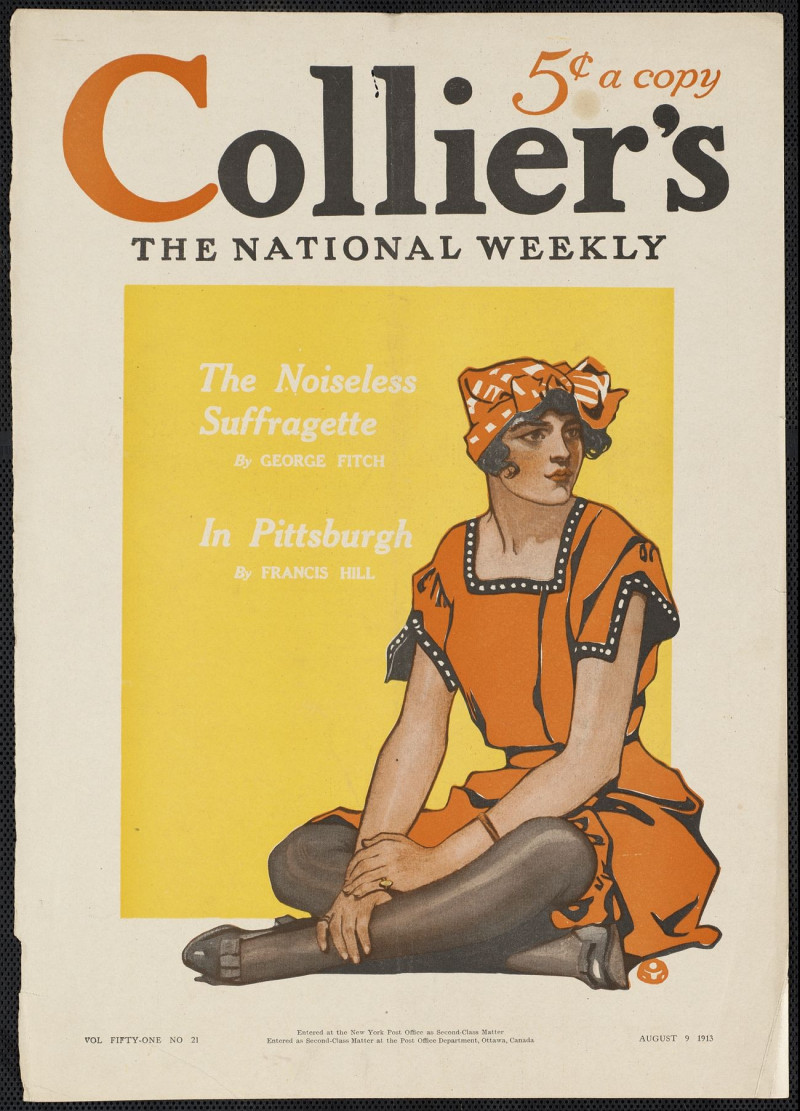
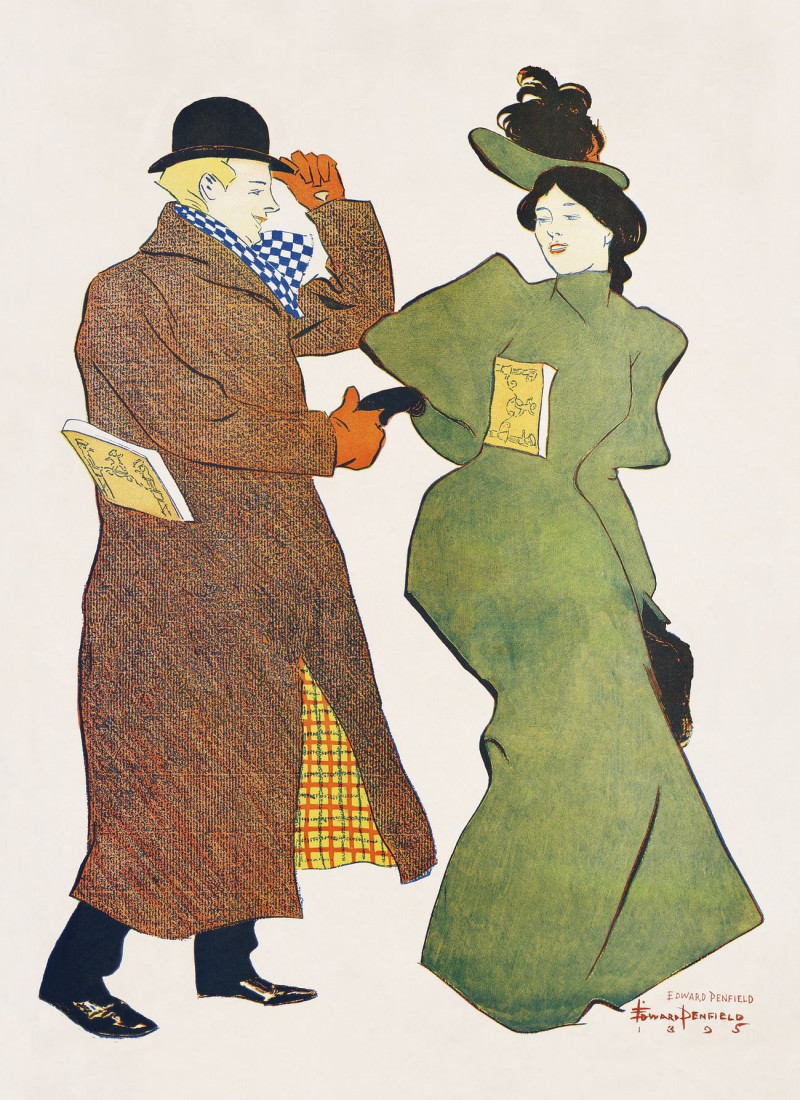
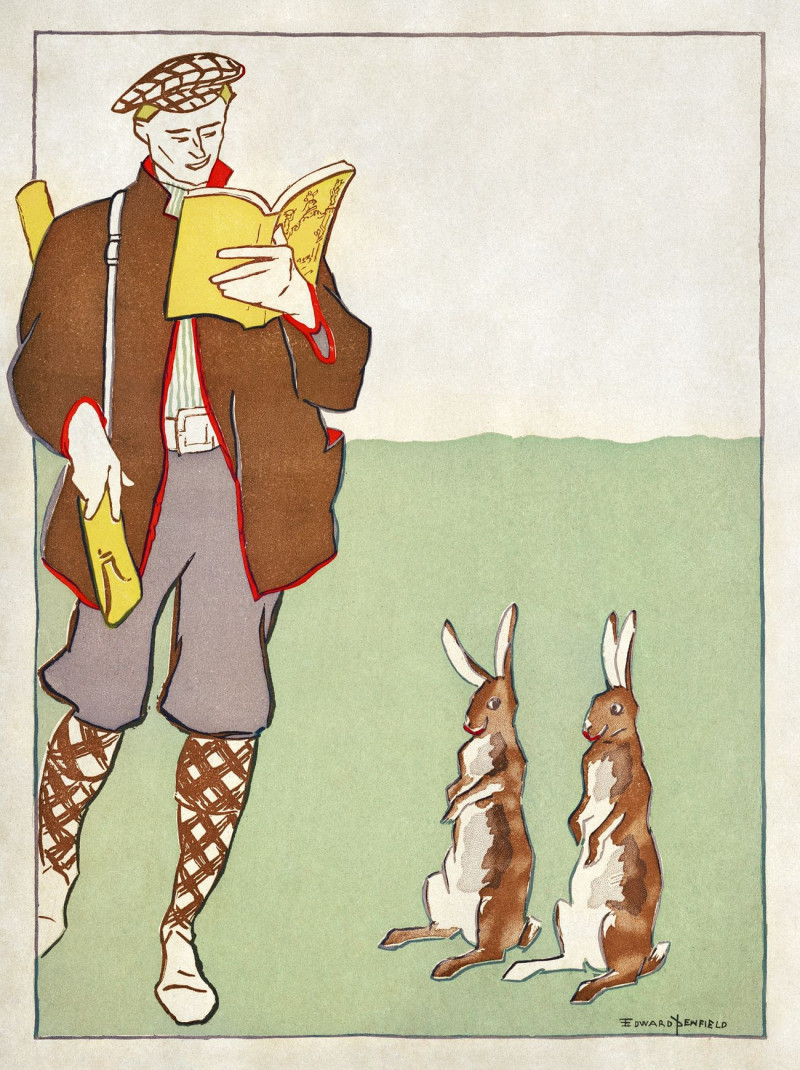
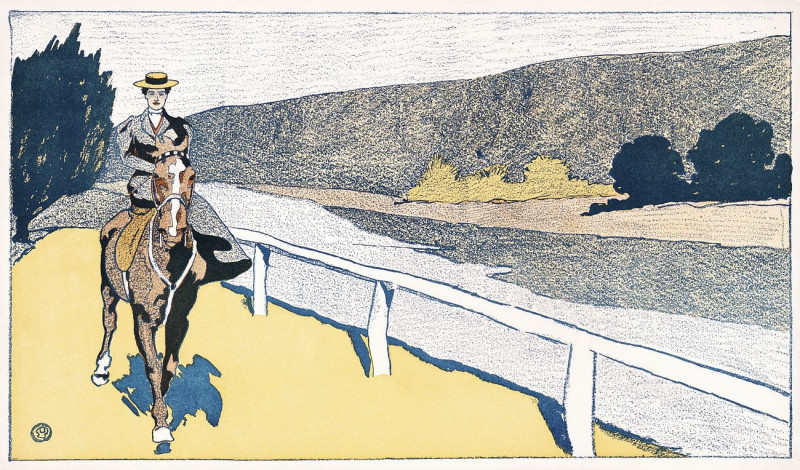
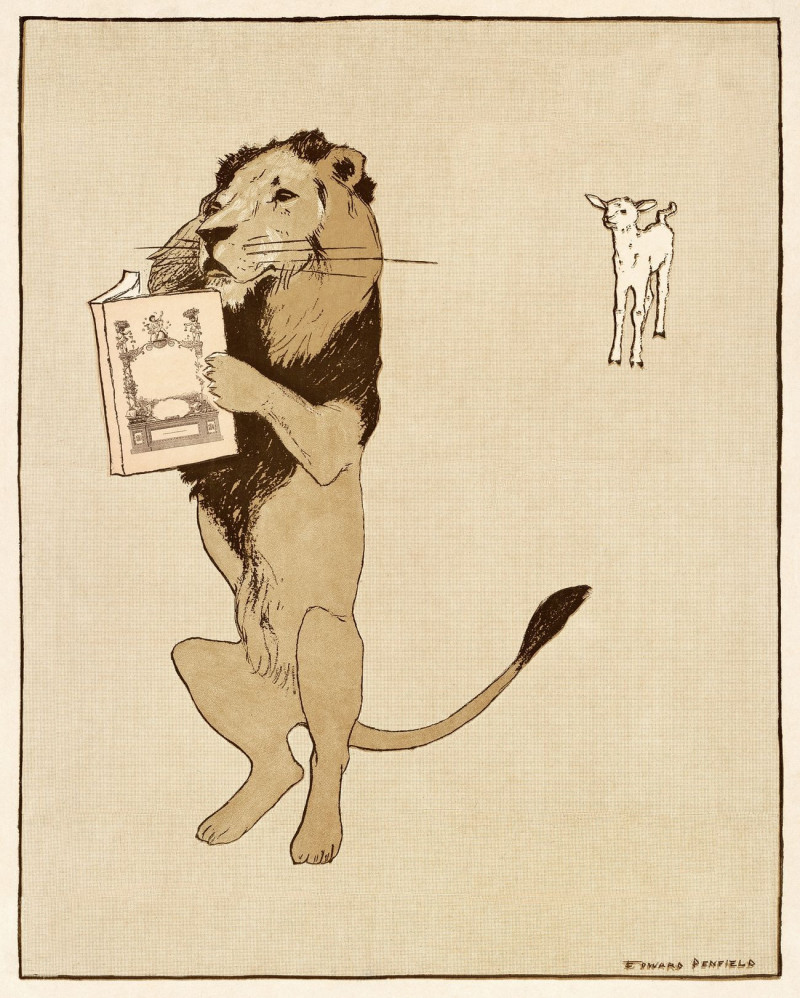
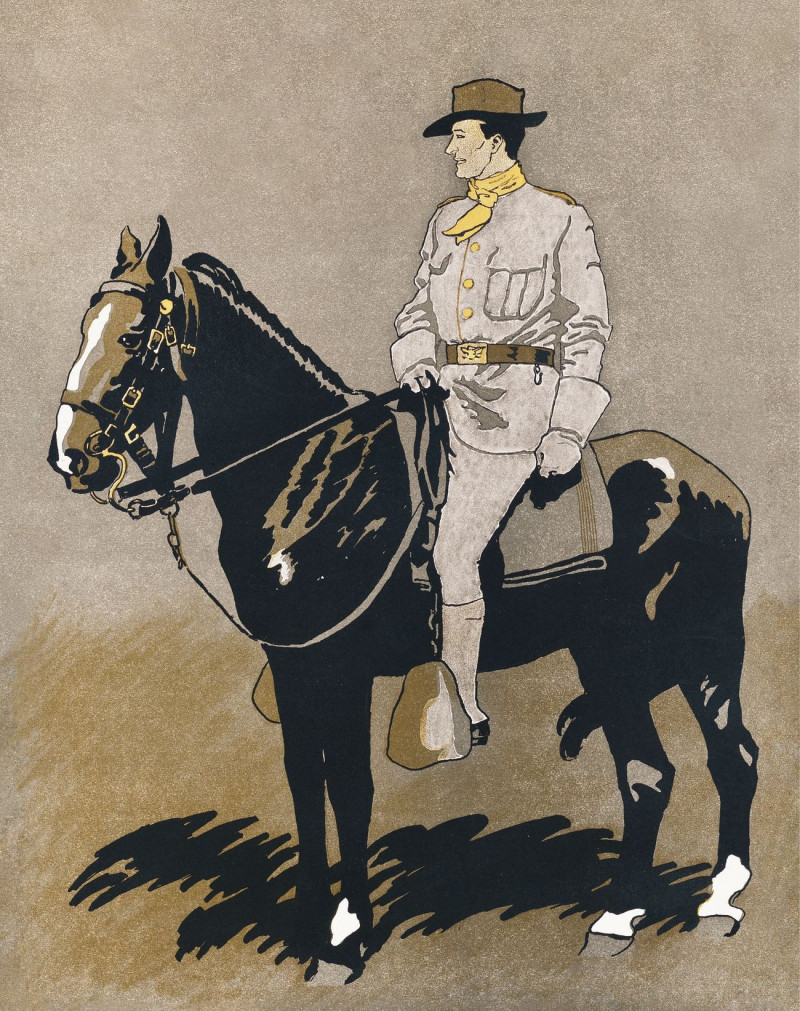


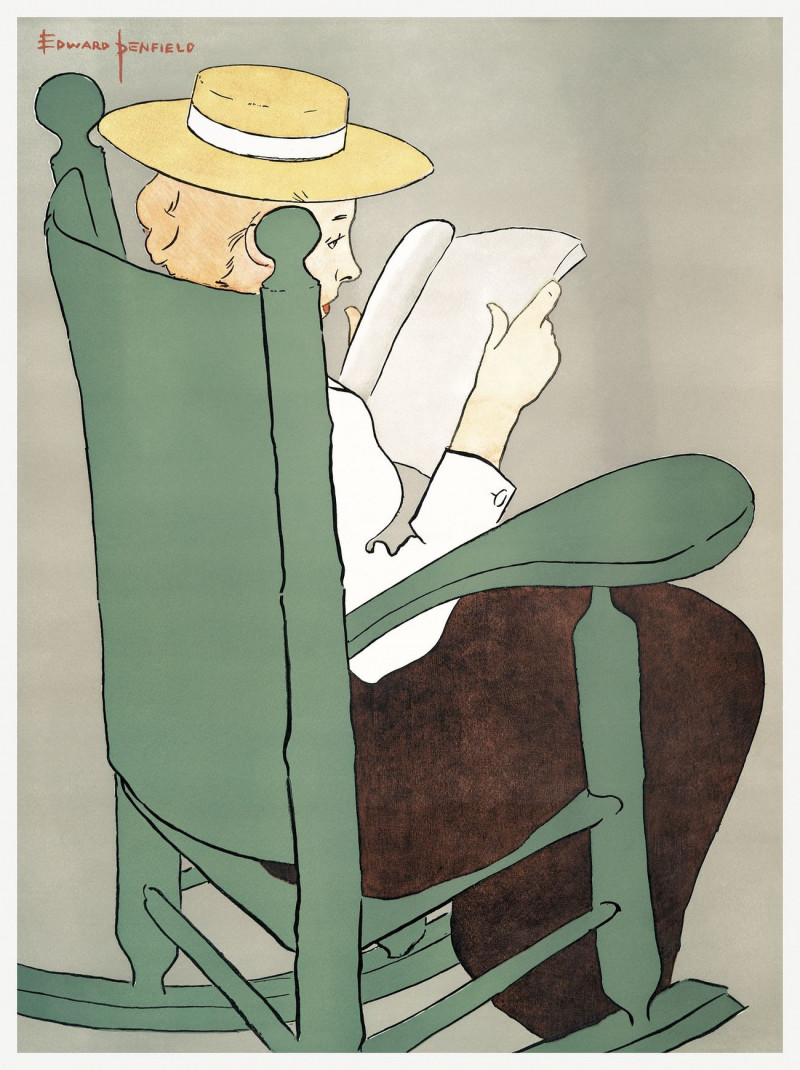
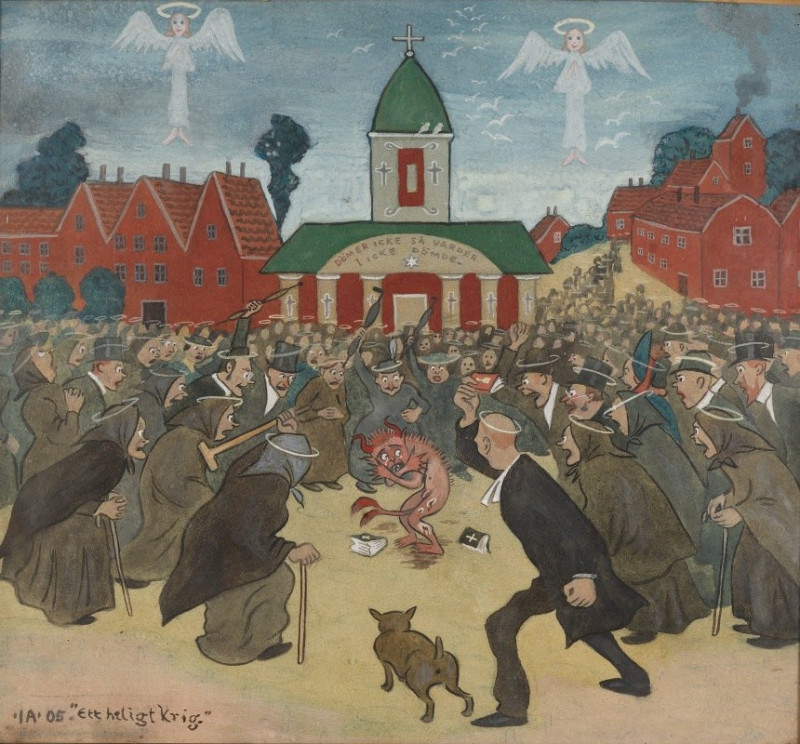
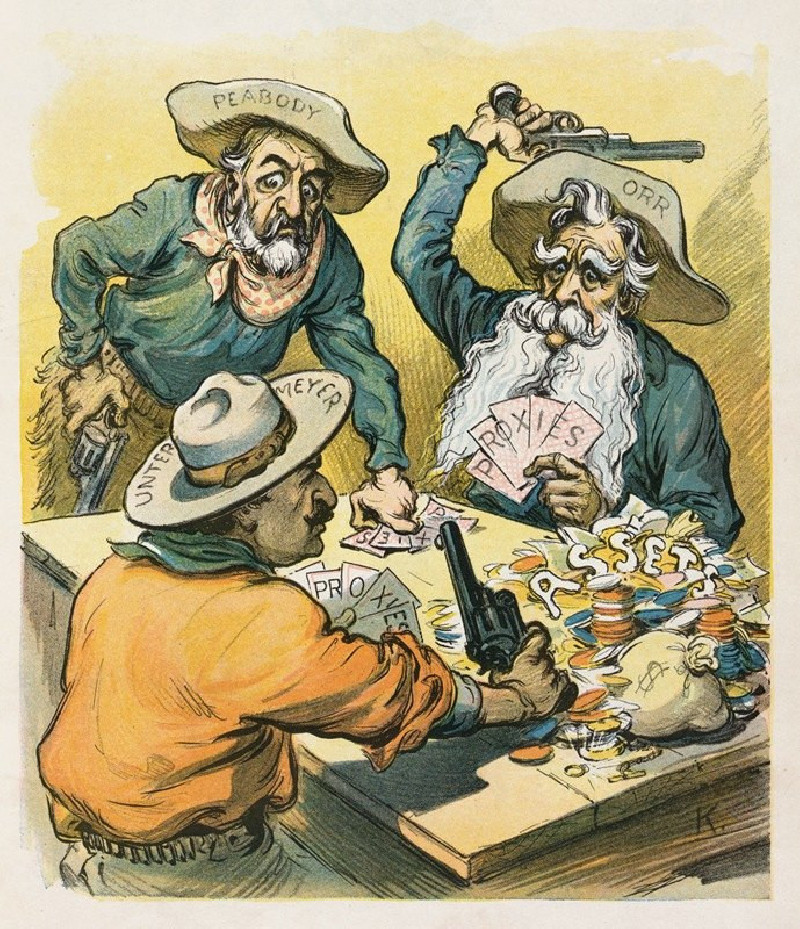
![The Annual Resort of Hindoos to Mundar Hill near Bhagulpore [Bhagalpur] reproduction of painting by Samuel Davis. ALL GICLEE ...](https://reprodukcijos.lt/49419-large_default/reproduction-of-the-annual-resort-of-hindoos-to-mundar-hill-near-bhagulpore-bhagalpur.jpg)
